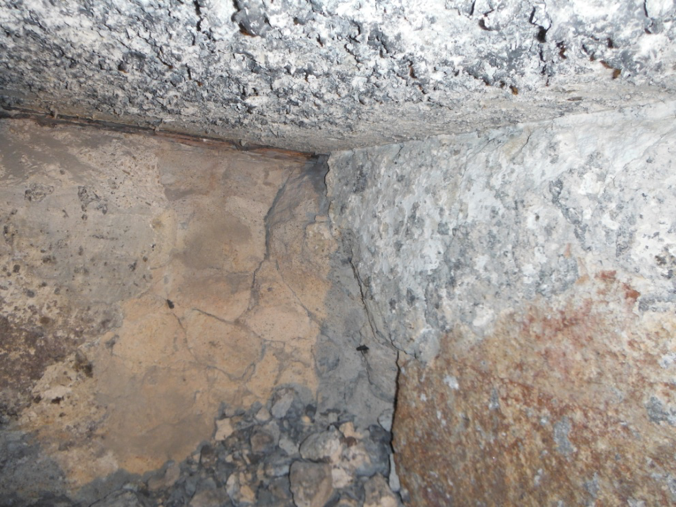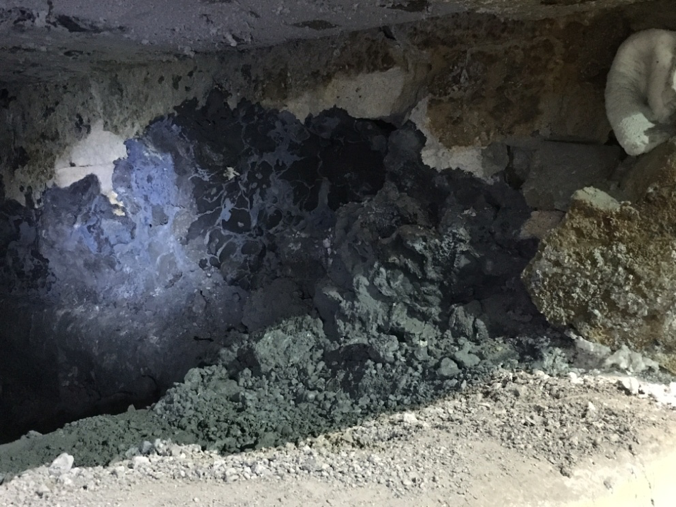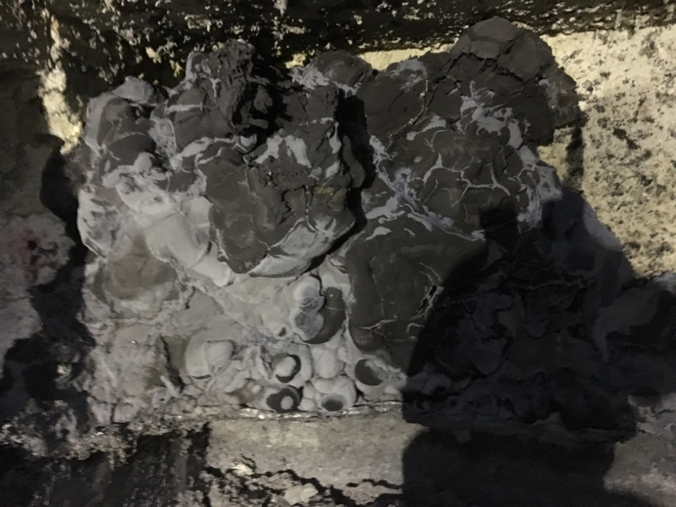A Maintenance Checklist for an Aluminum Furnace
Keeping your industrial aluminum furnace in peak operating condition and preventing refractory breakdown requires regular maintenance. It’s like your car: if you don’t change the oil, monitor fluids and replace the parts that wear out, you’re headed for a breakdown. Remember, “pay-me-now or pay-me-later.”
Today, unlike in previous decades, we’re finding that it’s not uncommon for industrial facilities to lack the proper maintenance procedures or furnace operating procedures for their aluminum furnace. We’re contacted more frequently by plant engineers and maintenance personnel claiming their refractory is not holding up, but subsequent inspection reveals that improper maintenance has allowed oxides and corundum to grow, thereby damaging the refractory and shortening the lifespan.
We’re also asked, “What can I do to improve my furnace life and reduce operating cost?” One of the best and least costly tasks you can do is cleaning the furnace daily. By just doing this one thing you can stay ahead of potential costly refractory problems; however, many plants won’t take the small amount of time to avoid costly downtime later.
Our experience shows that most, if not all, refractory problems are due to not taking the time to clean and inspect the furnace daily. Most of your furnace “uptime” and all of your refractory life is proportional to how diligent you are in taking care of your refractory.
Failure to make this a part of your daily routine causes refractory and mechanical problems such as door, cylinder and structural steel damage, as shown by the pictures below.





Hey, we get it…nobody likes cleaning the furnaces. It’s hot and nasty. Just remember that doesn’t mean the problems you’ll have (and you will have them) are due to bad refractory or poor installation.
Comments are closed.

